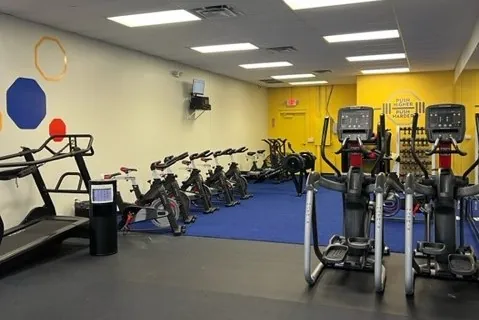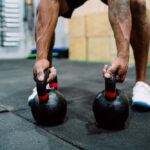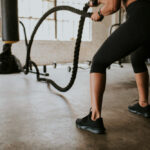When it comes to indoor cycling, the age-old question arises: should you stay seated or stand up while pedaling? Each style has its perks, and knowing the differences can transform your workout experience. Let’s break down the key differences between seated and standing positions on a stationary bike so you can optimize your next session.
1. Muscle engagement: Different groups, different gains
Seated cycling primarily targets your quadriceps (front of your thighs) and hamstrings (back of your thighs). Your glutes and calves get involved too, but the workload is distributed across the lower body, giving you a more sustained, controlled burn. This position is excellent for building endurance and maintaining a consistent tempo during longer sessions. It’s a solid go-to when you’re aiming for lower-intensity but extended-duration rides.
On the other hand, standing brings a new level of muscle engagement. When you rise out of the saddle, your core kicks in to stabilize your balance, your glutes fire up to push harder, and even your upper body joins the party to handle the increased load. It’s more dynamic, almost like a full-body workout disguised as a cycling session. Want more intensity? Standing is your ticket. Just be prepared—your quads will feel the burn much faster!
2. Cardio intensity: Heart rate differences
There’s no denying that standing up on a stationary bike shoots your heart rate up. It mimics the effort of climbing a hill, demanding more from your cardiovascular system. Your heart has to work harder to pump blood to all those engaged muscles, making it a killer way to boost cardio fitness.
Seated cycling, while still effective for cardio, allows you to control the intensity a bit more. You can push through high-resistance seated intervals, but you won’t necessarily spike your heart rate as rapidly as you would when standing. If you’re aiming for steady-state cardio, seated cycling is the better option. But if you want to mix things up with high-intensity intervals, alternating between standing and seated is the sweet spot.
3. Caloric burn: More effort, more burn?
Here’s the truth: standing burns more calories, but it’s also more taxing. Because standing requires more muscle activation and energy output, it leads to a higher calorie burn per minute compared to seated cycling. However, it’s hard to maintain for long periods. Think of it like sprinting—great for short bursts, but exhausting if prolonged. Seated cycling, while burning fewer calories in the short term, can be sustained longer, meaning overall calorie burn could even out over time depending on how long you stay on the bike.
4. Joint and lower back stress: Seated vs. standing
If you’re nursing any joint issues or lower back problems, seated cycling is typically the safer bet. Since you’re supported by the saddle, there’s less strain on your knees and back. Your body stays more aligned, reducing the risk of discomfort or injury.
Standing, while providing more intensity, places a higher load on your joints, particularly the knees. If you aren’t careful with your form, this extra stress could lead to discomfort or exacerbate existing issues. Beginners or anyone with joint sensitivities should be cautious about incorporating too much standing cycling into their routine.
Final thoughts: Which is better?
It depends. Are you in the mood for a high-intensity, full-body workout that revs your heart rate and challenges your muscles? Standing is your friend. But if you want a longer, steady-state cardio session that builds endurance without overwhelming your body, seated cycling is the way to go.
That said, the magic often lies in the balance. Incorporating both seated and standing intervals into your routine can give you the best of both worlds—strength, cardio, and mental endurance. It’s not about choosing sides; it’s about knowing when to sit back and when to stand up and push through. For more fitness tips, check out our blog.





